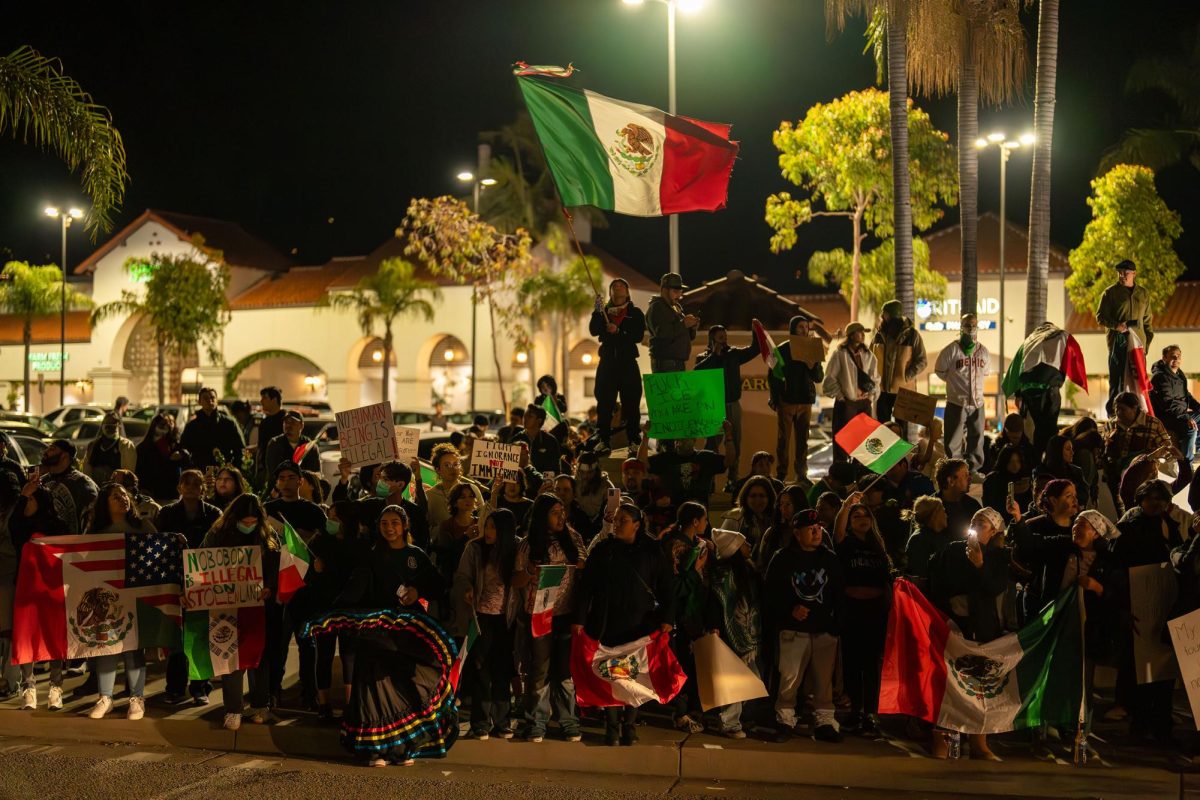Skolstrejk för Klimatet
Greta Thunberg has made headlines around the world for her firebrand climate protests. Here is how she did it.
February 26, 2020
Our house is on fire, I am here to say our house is on fire. According to The Intergovernmental Panel on Climate Change (IPCC), we are less than 12 years away from not being able to undo our mistakes,” said Greta Thunberg, the 17-year-old climate activist whose campaign has gained global influence.
She first stepped onto the world stage in August 2018 by skipping school days to protest outside the Swedish Parliament in central Stockholm.
Soon, she gained a global following and spread a message about climate change and the urgency to make changes.
Thunberg emphasizes that we are destroying our planet through the emission of fossil fuels. She protested by holding up the now-famous sign “skolstrejk för klimatet,” which translates to “School strike for the climate.”
She initially protested because she felt that people too often turn a blind eye to the mistreatment of our environment.
During her protest in Stockholm, she said, “Because nobody does anything, nothing happens. Everything just goes on, as usual, nobody says anything.
If no one does something, I may well do it. That is my moral responsibility.”
Her big breakthrough took place after the 2018 United Nations Climate Change Conference.
One million students participated in school strikes across the world after the conference, which launched the movement into the national spotlight.
Her unique way of protesting was a Kickstarter.
Thunberg argues that if we don’t go to school, we won’t be educated enough to drive the world forward and that the climate is at a turning point, saying that if we don’t change now, our planet will die. Massive amounts of toxins spread every day and affect everyone on this planet.
For this effort to succeed, we all have to change, and everyone has an impact.
Merely taking the bus instead of driving everywhere can help.
In the short run, these small changes may seem inconvenient. However, over time, this will significantly help out our ecological footprint. We need to make sure that the next generation has the same quality of life as we have.
According to the Global Footprint Network, if everyone
in the world lived like a Swede, we would need 3.8 planets. The problem is… We only have 1. Other countries that struggle with overusing the world’s resources are the USA (5.1 planets) and Australia (4.8 planets).
Alarming statistics backing Thunberg’s claims are published widely. For example, according to the World Wildlife Fund, sea levels could rise by 2100, and this alone could potentially impact as many as 1 billion people by the year 2050.
Plants and animals at risk of losing more than half of their habitats.
As the Earth continues to warm, crucial habitats may no longer be hospitable for individual animals or plants.
“Adults keep saying we owe it to the young people to give them hope. But I don’t want your hope, and I don’t want you to be hopeful. I want you to panic, I want you to feel the fear I feel every day. And then I want you to act, I want you to act as if you would in a crisis. I want you to act as if the house was on fire because it is.”


































